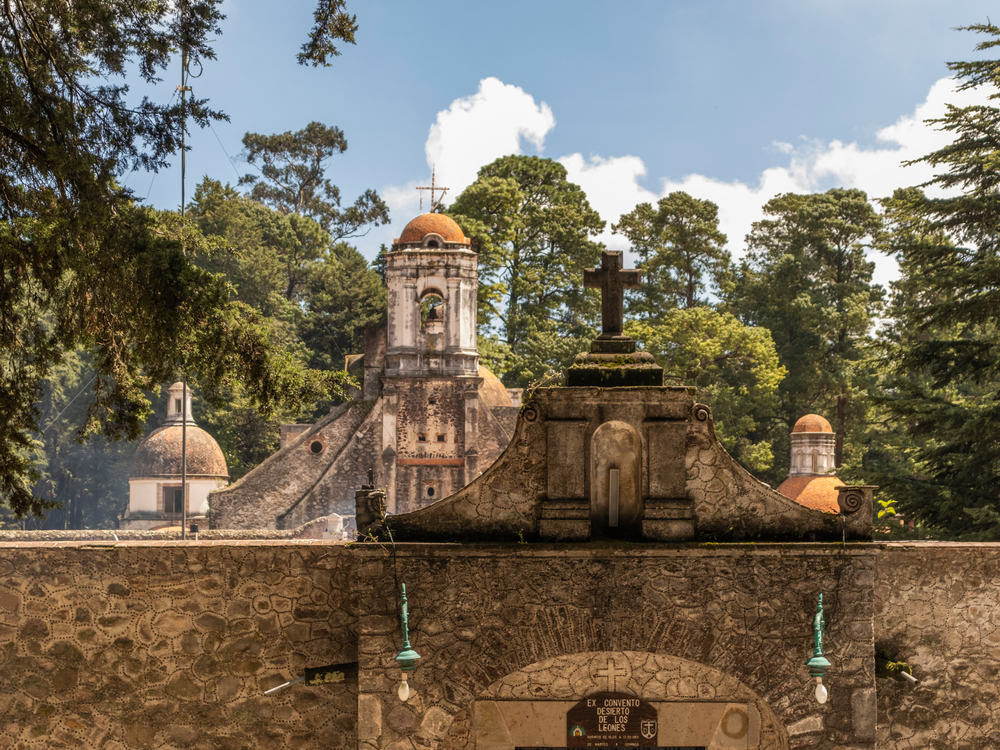Cañón del Río Blanco Overview
Cañón del Río Blanco National Park, located in the state of Veracruz, Mexico, spans approximately 48.9 square miles (126.7 square kilometers). This protected area is named after the Río Blanco, a river that carves through the rugged landscape, creating dramatic canyons and steep cliffs.
The park’s terrain is dominated by lush tropical forests, deep ravines, and towering limestone formations. The vegetation includes a mix of cloud forests and evergreen woodlands, with trees such as oak, pine, and cedar providing a dense canopy. The region’s waterfalls and clear streams contribute to the park’s striking beauty, with some of the most scenic spots offering views of cascading water tumbling into deep pools below.
Wildlife in Cañón del Río Blanco National Park is diverse, with numerous mammals, birds, and reptiles inhabiting its forests and riverbanks. Among the most notable species are the jaguar, ocelot, and margay, all elusive wild cats that roam the dense vegetation.
White-tailed deer, coatis, and armadillos are frequently spotted, while howler monkeys can be heard calling from the treetops. The birdlife is equally impressive, with species such as the ornate hawk-eagle, keel-billed toucan, and various parrots bringing vibrant colors to the canopy. The rivers and streams support amphibians like tree frogs and salamanders, as well as freshwater fish that thrive in the clear waters.
Visitors are drawn to the park for its breathtaking scenery and opportunities for outdoor adventure. Hiking trails wind through the canyon, offering stunning vistas of the cliffs and valleys below. Rock climbing is a popular activity, as the limestone walls provide a challenging terrain for climbers of all skill levels. Birdwatching is another favorite pastime, with early mornings offering the best chances to see rare and colorful species.
The Río Blanco itself is ideal for activities such as kayaking and river exploration, allowing visitors to experience the park from a different perspective. Several scenic overlooks provide panoramic views of the canyon, making them ideal spots for photography and quiet contemplation.
Conservation efforts within Cañón del Río Blanco National Park focus on protecting the region’s unique ecosystems and biodiversity. Deforestation, illegal hunting, and human encroachment have posed challenges to the park’s wildlife and habitat.
However, conservation programs have helped restore native forests and protect endangered species through habitat preservation and environmental education. Local organizations and government agencies collaborate to enforce conservation laws and promote sustainable tourism practices, ensuring that visitors can continue to enjoy the park without negatively impacting its fragile environment.
These efforts have led to significant improvements in the health of the park’s ecosystems, offering hope for the continued preservation of this remarkable natural area.
Park Map
Cañón del Río Blanco National Park Highlights
Share your clicks with us
Related National Parks More Mexico

Arrecifes de Xcalak National Park

Bahía de Loreto National Park
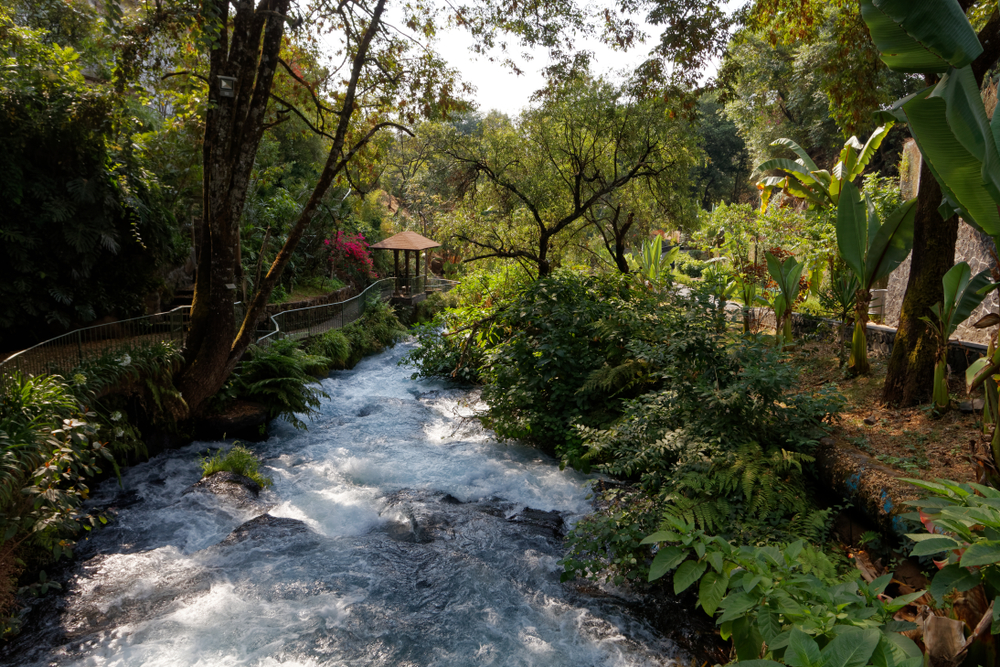
Barranca del Cupatitzio National Park
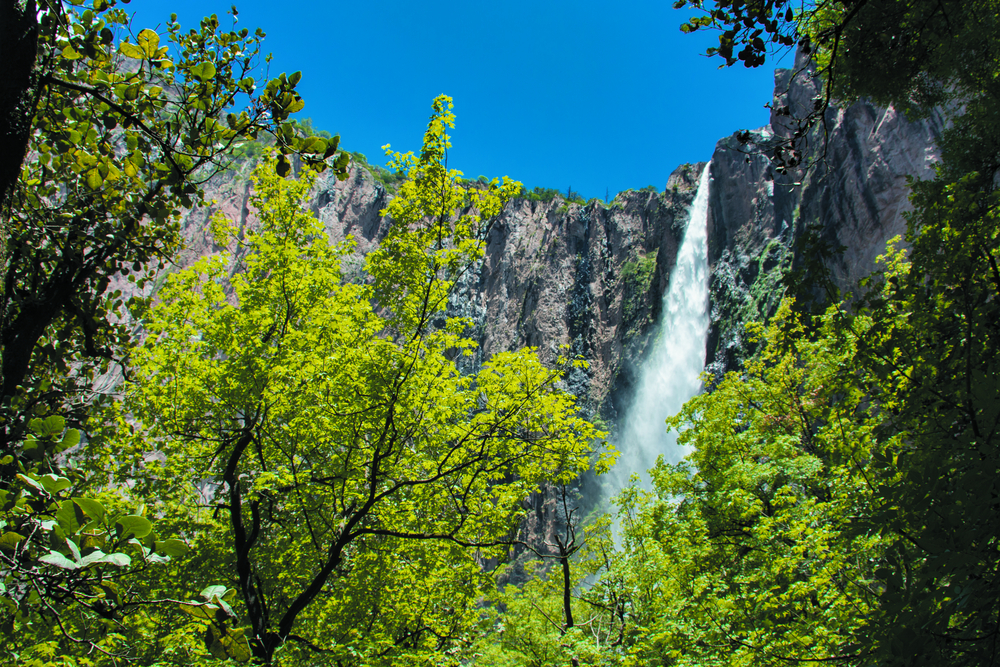
Basaseachic Falls National Park

Benito Juárez National Park

Bosencheve National Park
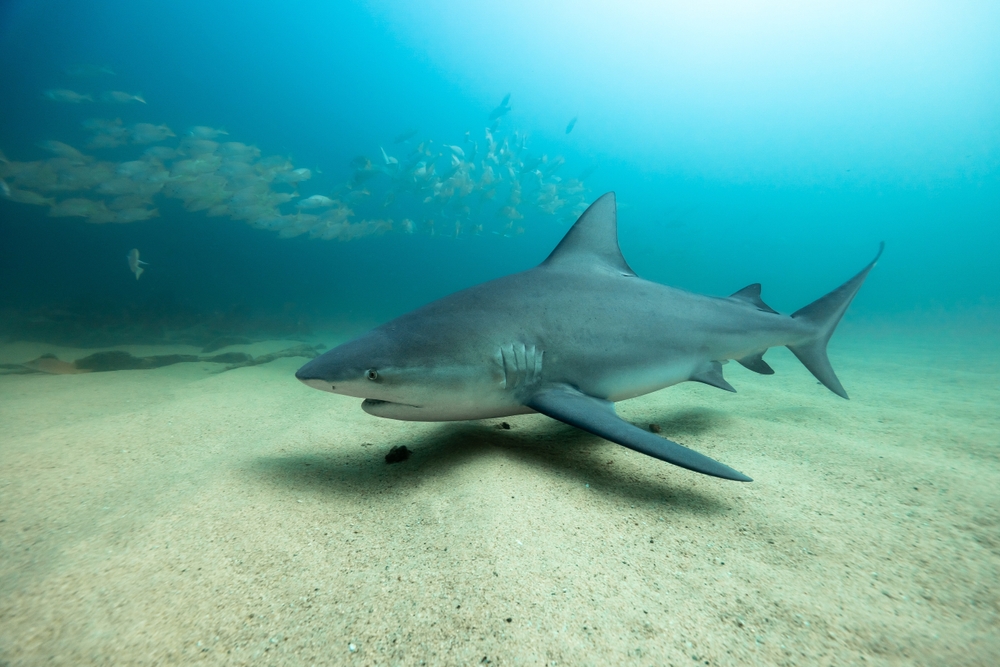
Cabo Pulmo National Park
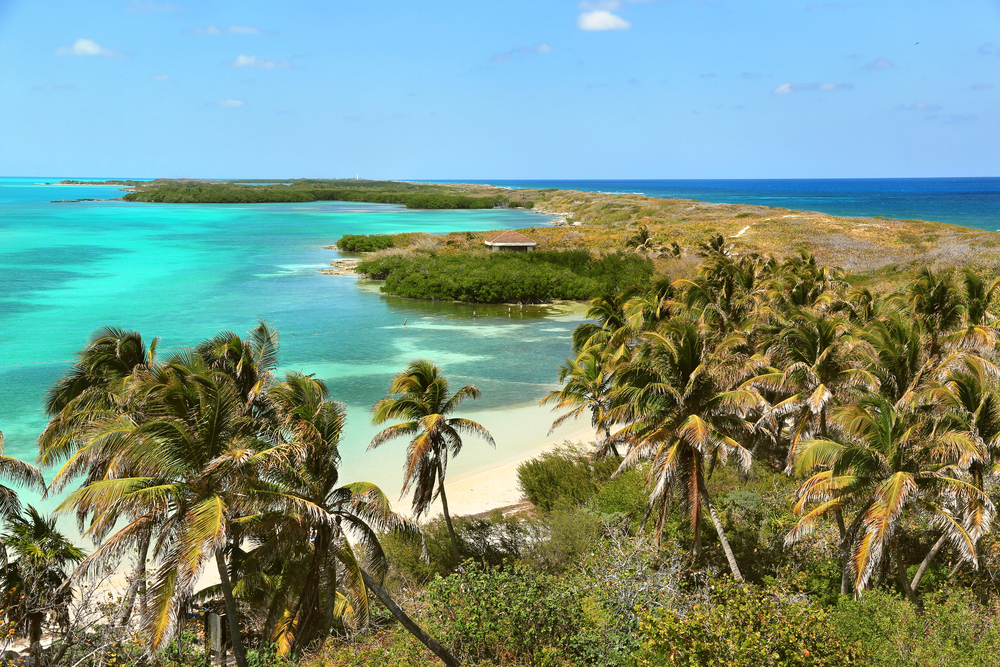
Isla Contoy National Park
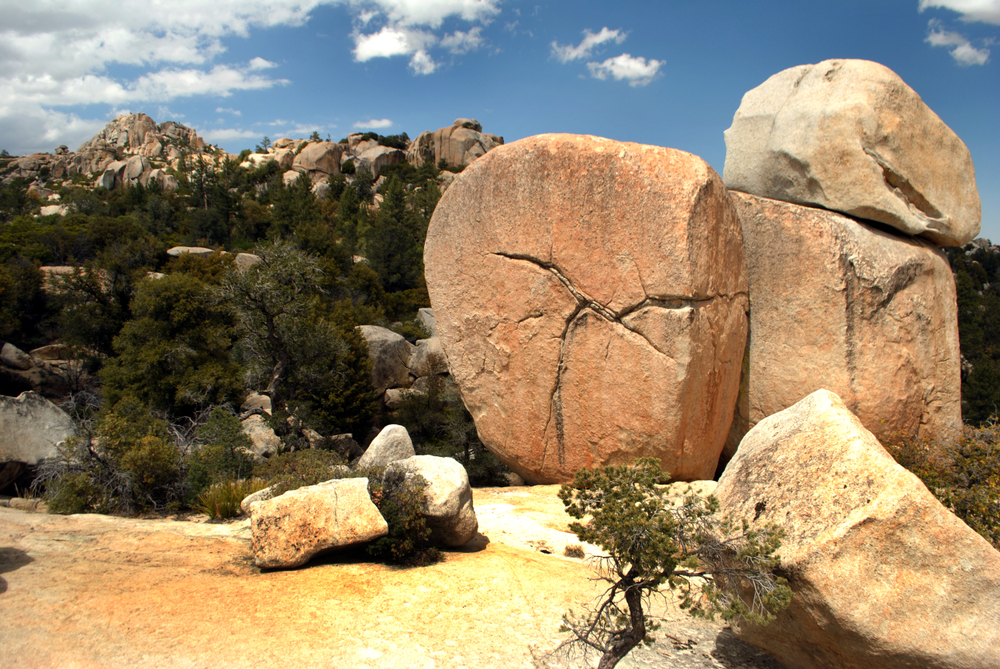
Constitution 1857 National Park
